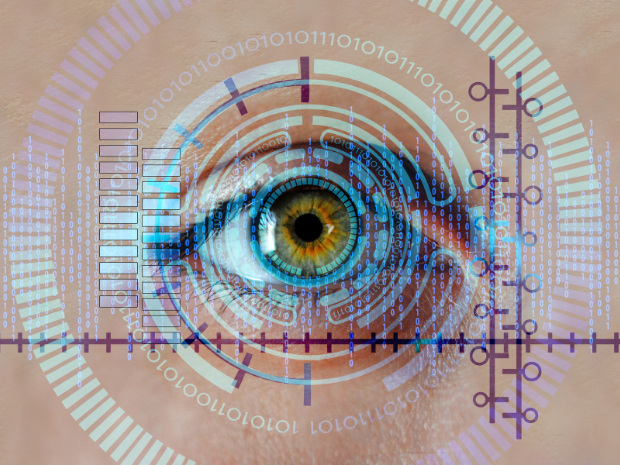
Political science research is rooted in how people make decisions, such as who to vote for. However, the cognitive and emotional processes behind these choices often remain a black box. Researchers have rarely taken advantage of eye-tracking technology, which offers valuable insight by directly observing decision-making behaviour rather than relying on what people say about how they decide.
The paper, recently published in Political Analysis, offers novel insights into how the political behaviour of voters may be understood using eye-tracking and similar technologies. Eye-tracking can uncover what grabs voters’ attention, what engages them emotionally, and what challenges them cognitively – as well as how this influences the political choices they make.
One of the paper’s key goals is to adapt and demystify eye-tracking for the needs of political science. While gaze metrics such as gaze duration, fixations, and pupil dilation are widely used in psychology and neuroscience, the paper reinterprets these measures through a political behaviour lens, explaining what processes they represent and how they can be meaningfully applied to the study of attention, engagement, and decision-making in political contexts. By grounding these tools in the theories and questions that matter to social scientists, the paper makes eye-tracking more intuitive and relevant for political research.
The paper also provides practical guidance tailored to the realities of social science workflows, such as templates for study pre-registration, data analysis code, and strategies for study design that account for common challenges in political research. This lowers the technical barriers to entry for using eye-tracking. Importantly, it discusses more accessible technologies, like webcam-based eye tracking that makes it possible to scale studies beyond the lab. This tool can broaden participation, reduce costs, and bring eye-tracking within reach for a much wider community of researchers working on real-world political questions.
This opens up exciting new possibilities for both political science and the method of eye tracking, offering new insights that can enhance academic research and practical political strategies.
The research quoted in this article is from: Jenke L, Sullivan N. Attention and Political Choice: A Foundation for Eye Tracking in Political Science. Political Analysis. Published online 2025:1-17. doi:10.1017/pan.2025.8.
Tuesday 29 July 2025